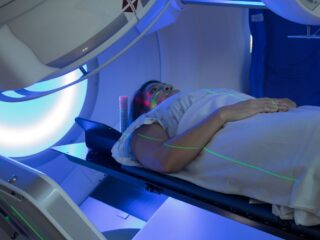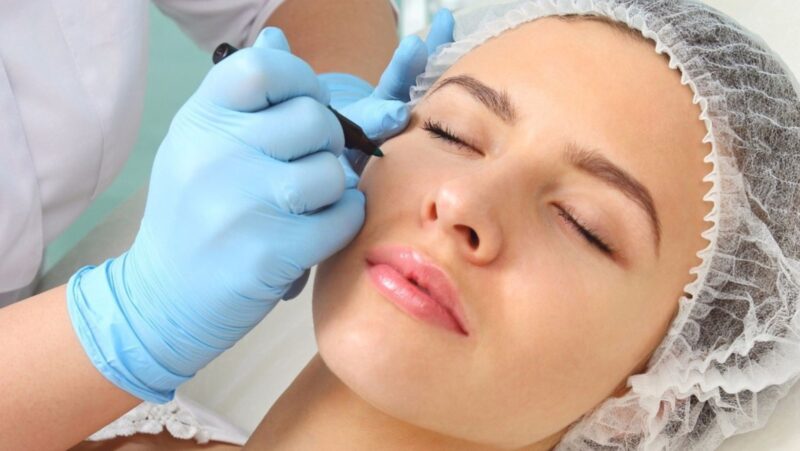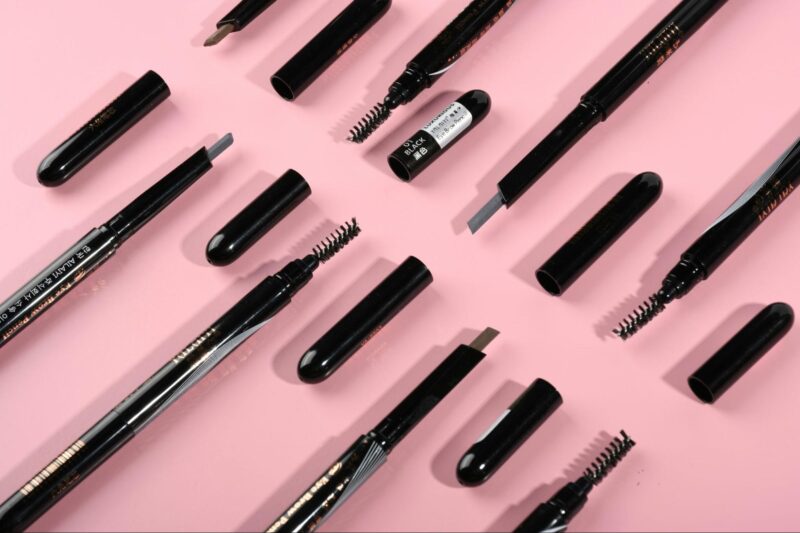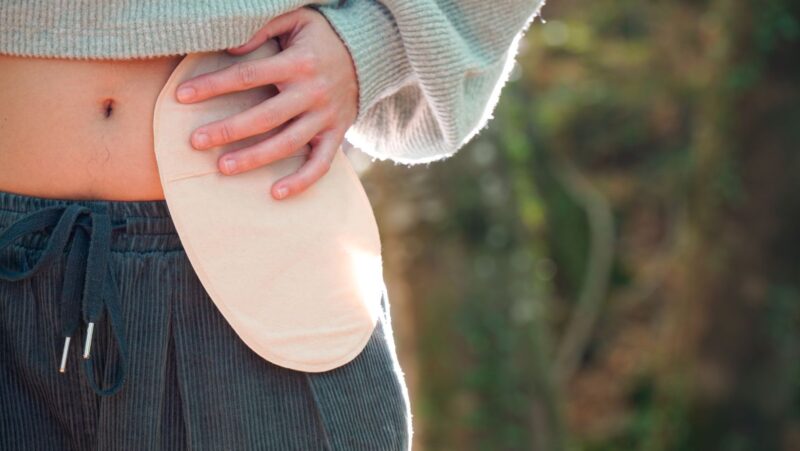
Are you struggling with acne scars that just won’t go away? You’re not alone. Acne scars are a common skin concern, affecting people of all ages. While there are many treatment options available, microneedling has emerged as a popular and effective solution, particularly for those with deep, stubborn scars.
In this article, we’ll take a closer look at microneedling and how it can help improve the appearance of acne scars.
What are acne scars and what causes them
Acne scars occur when the skin is damaged from pimples, blackheads, or whiteheads. The damage can happen deep in the skin, causing an indentation, or it can happen on the surface of the skin, resulting in a raised scar. There are two main types of acne scars: Atrophic scars: These are the most common type of acne scars. They appear as small depressions in the skin and are often caused by a loss of collagen. Hypertrophic scars: These scars are raised above the surface of the skin and can be caused by an overgrowth of scar tissue.
Acne scars are usually the result of inflamed blemishes caused by skin pores that are clogged with sebum, dead skin cells, and bacteria. When the pore becomes blocked, it can swell and break open. If the rupture occurs near the surface of the skin, it will heal quickly. However, if the rupture occurs deep in the skin, it can damage the surrounding tissue and lead to the formation of a scar.
What is microneedling
Microneedling, also known as collagen induction therapy, is a minimally-invasive cosmetic procedure that involves the use of fine needles to create tiny punctures in the skin. This triggers the body’s natural healing process, which promotes the production of collagen and elastin. The new collagen and elastin help to improve the appearance of scars, fine lines, wrinkles, and other skin concerns.
Microneedling can be performed with a handheld device that contains small needles, or it can be done with a derma roller, which is a rolling device that contains hundreds of small needles.
How does microneedling help to reduce their appearance
One of the main reasons why microneedling is so effective at reducing the appearance of acne scars is that it helps to stimulate the production of collagen and elastin. As we mentioned earlier, collagen and elastin are two proteins that play a vital role in maintaining the skin’s structure.
When you have acne scars, it’s because the skin around the scars is damaged. The damage can cause a loss of collagen and elastin, which leads to a weakening of the skin’s structure. By stimulating the production of collagen and elastin, microneedling helps to reinforce the skin around the scars, making them less visible. Another reason why microneedling is so effective at reducing the appearance of acne scars is that it can help to improve the skin’s texture. Acne scars often have a rough, uneven texture. Microneedling can help to smooth out the skin’s surface, making the scars less noticeable.
how many microneedling sessions for acne scars
The number of microneedling sessions needed will depend on the severity of the scars. For most people, 2-3 sessions are sufficient. However, in some cases, more sessions may be necessary.
Microneedling is a safe and effective treatment for acne scars. If you’re looking for a way to reduce the appearance of your scars, microneedling may be a good option for you.
What is the cost of this treatment, and is it covered by insurance policies
The cost of microneedling will vary depending on the provider. In general, the procedure ranges from $200 to $600 per session. Insurance usually does not cover cosmetic procedures like microneedling.
If you’re considering microneedling for acne scars, it’s important to consult with a board-certified dermatologist or plastic surgeon to see if the procedure is right for you. They will be able to provide you with an estimate of the cost and number of sessions needed.












